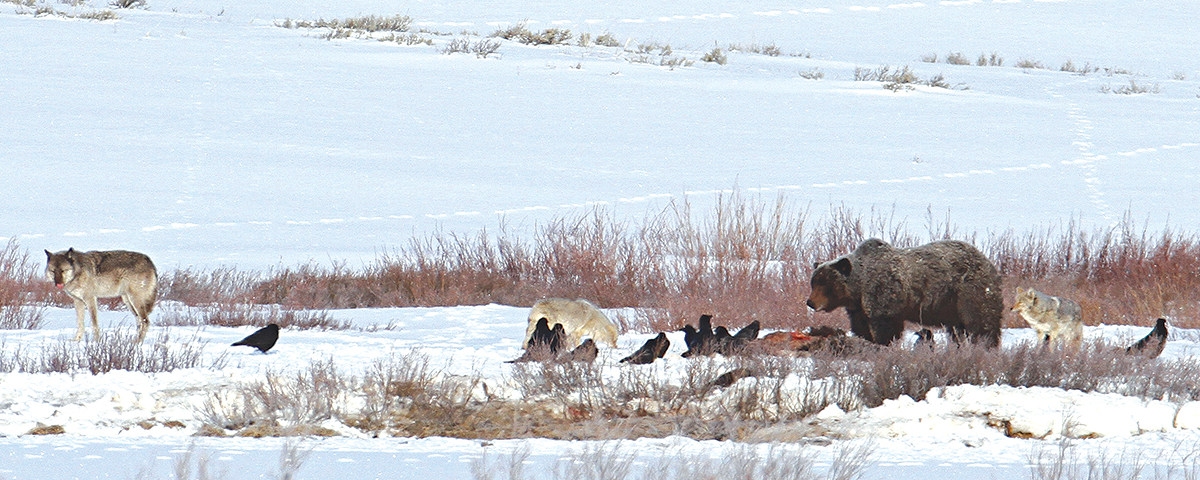Survival Instinct
The other day, while sitting on the edge of my cushioned seat in a heated metropolitan theater, I endured the harrowing survival-and-revenge tale of 1820s mountain man Hugh Glass. The Revenant delivers 156 minutes of brutal frontier realism—an Arikara Indian fight; a she-grizzly attack; freezing water at every step or crawl; enough raw red meat to make even a non-vegetarian squirm—combined with cinematographic poetry and wizardry. In other words (well, mostly pictures), viewers experience the splendor of a Western winter wilderness along with heavy doses of the coldness, aloneness and cruelty that naturally come with the territory. After watching this memorable if not feel-good film, I faced a long walk (at least 10 blocks) on the not-so-mean streets of Manhattan and felt fortunate when my younger brother hailed a cab. Regardless, the limits of human endurance were preying on my unsettled mind, and I reckoned that while revenge might be sweet, it must always take a backseat to survival.
Survival could be the theme of this June issue of Wild West, and it might as well be, since my mind remains full of images from The Revenant (a revenant being a person, in this case Hugh Glass, who returns from the dead; The Zombie wouldn’t have been nearly as classy a title for the film or the Michael Punke novel on which it is based). One lingering image from the movie is of wolves attacking a lone buffalo—well, wolves need to survive, too—before friendly Indians drive off the pack and allow Leonardo DiCaprio’s Glass a bite of bison liver. In his feature article “Wolf West” award-winning environmental historian Dan Flores relates how humans nearly wiped out wolves before recent efforts to save them and notes that the only place one still has an opportunity to see “the pursuit of bison and elk by packs of wolves loping through the sagebrush” is in Yellowstone National Park. “Wolf tourists,” he adds, come to the park year-round to witness the spectacle.
But this is June, so let’s get back to human survival northeast of Yellowstone at present-day Little Bighorn Battlefield National Monument. At that site on June 25, 1876, Lt. Col. George Custer’s divided command of 7th U.S. Cavalry troopers and Indian allies (including some Arikaras, the same tribe that fought Glass and company a half-century earlier) attacked a large Sioux and Cheyenne encampment. By the 26th Custer and the men of his immediate command lay dead on the field, while the companies under Major Marcus Reno and Captain Frederick Benteen were fighting for their lives atop what became known as Reno Hill. Unlike Custer, Reno and Benteen survived, only to become embroiled in controversy over why they were still breathing while the lieutenant colonel was not. In this issue, however, we focus on lesser-known participants in the Battle of the Little Bighorn, with stories about 7th Cavalry Private Thomas W. Coleman, a Company B trooper who kept a journal of the campaign; five other privates (Frank Neely, William Taylor, Henry Klotzbucher, William Morris and William Slaper) who were with Reno during the portion of the battle known as the “Valley Fight”; and Isaiah Dorman, a civilian interpreter and the only black man at the Little Bighorn. For the record, Dorman died during the fighting, as did Klotzbucher. The other five privates mentioned above somehow survived the two-day ordeal, though it is doubtful any were motivated by revenge. WW





